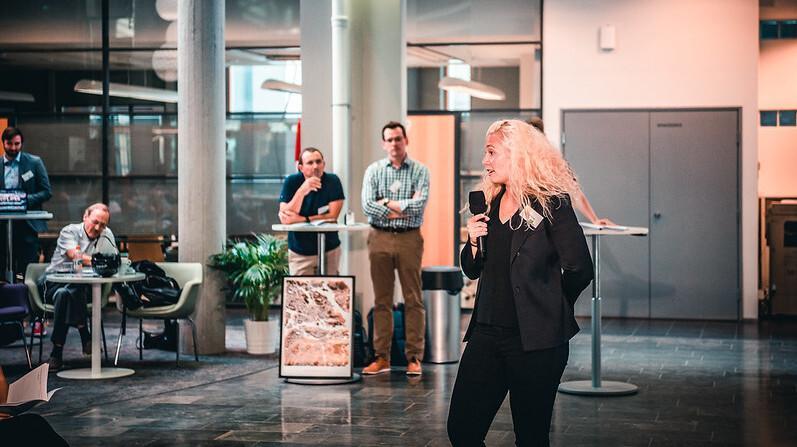
The process for applying for funding through FiBAN is the same for all startups. After leaving an application in our deal flow platform Dealum it will be screened by a group of active FiBAN members – the so-called screening board. The companies most ready for an angel investment are then invited to pitch in our flagship pitching event FiBAN Pitch Finland.
When assessing applications, investors go through the overview: what does the company do, what is the problem it solves, the solution it provides, and its accomplishments. After that, the screener jumps into the investor deck.
To improve the chances of being qualified, the application should have as much relevant information as possible. However, it is important to notice that the time used for going through one application is limited: As there might be even 20 applications in a 3-hour screening board meeting, the time to convince the screeners can be as short as 9 minutes. As you can see from this equation, there is a dilemma: how much information can be provided to keep the investor deck short enough and to the point?
“From the screening experience, I would say figuring out the right depth of information and delivering it in an easy-to-understand yet believable way is the main challenge. I still vividly remember this struggle as a founder, it takes many iterations and feedback loops to find the balance, and never feels perfect. While founders know quite well what should be presented the challenge is rather how: how much of detail, how much of text, how to make it credible, believable.”
Tomas Novotny, FiBAN member
3 tips for a convincing investor deck:
1. Clear and concrete value proposition
This means that there is a clear problem and you have a solution that is serving the customer base that is facing the problem. Clear and simple, but often disregarded. A golden rule for a startup: make sure everybody gets it. And the more technical the solution gets, the simplier and clearer you need to put it.
2. Traction
The proof that the solution is needed and customers are accepting it. If there is no traction to show, the case might be too early for angel investors. The traction in the best case is revenue (which is always perceived as exceptionally green light) but it can also be the number of user growth, pilots (typical in the early stage), nominations in competitions (proofed by experts), or accelerator participation.
3. Relevant team
The team should either have relevant former professional background on the issue or have some traction to show that they know what they are doing. The teams’ capability can feel difficult to prove in a deck but a professional deck that carefully covers the most important issues and numbers (investors love numbers!) plays a crucial part in this too.
How to avoid the common missteps in your application? What are the most common reasons for rejection? Read more in the next article on our Demystifying Deal Flow blog series published later this fall!
For more about FiBAN’s deal flow process, click here.
To apply for funding from FiBAN, click here.
FiBAN investor member, want to join’ the FiBAN Investor Screening Board, click here.
More information:
Antti Viitanen
Deal Flow Manager, FiBAN
antti@fiban.org
+358 (0) 452565220